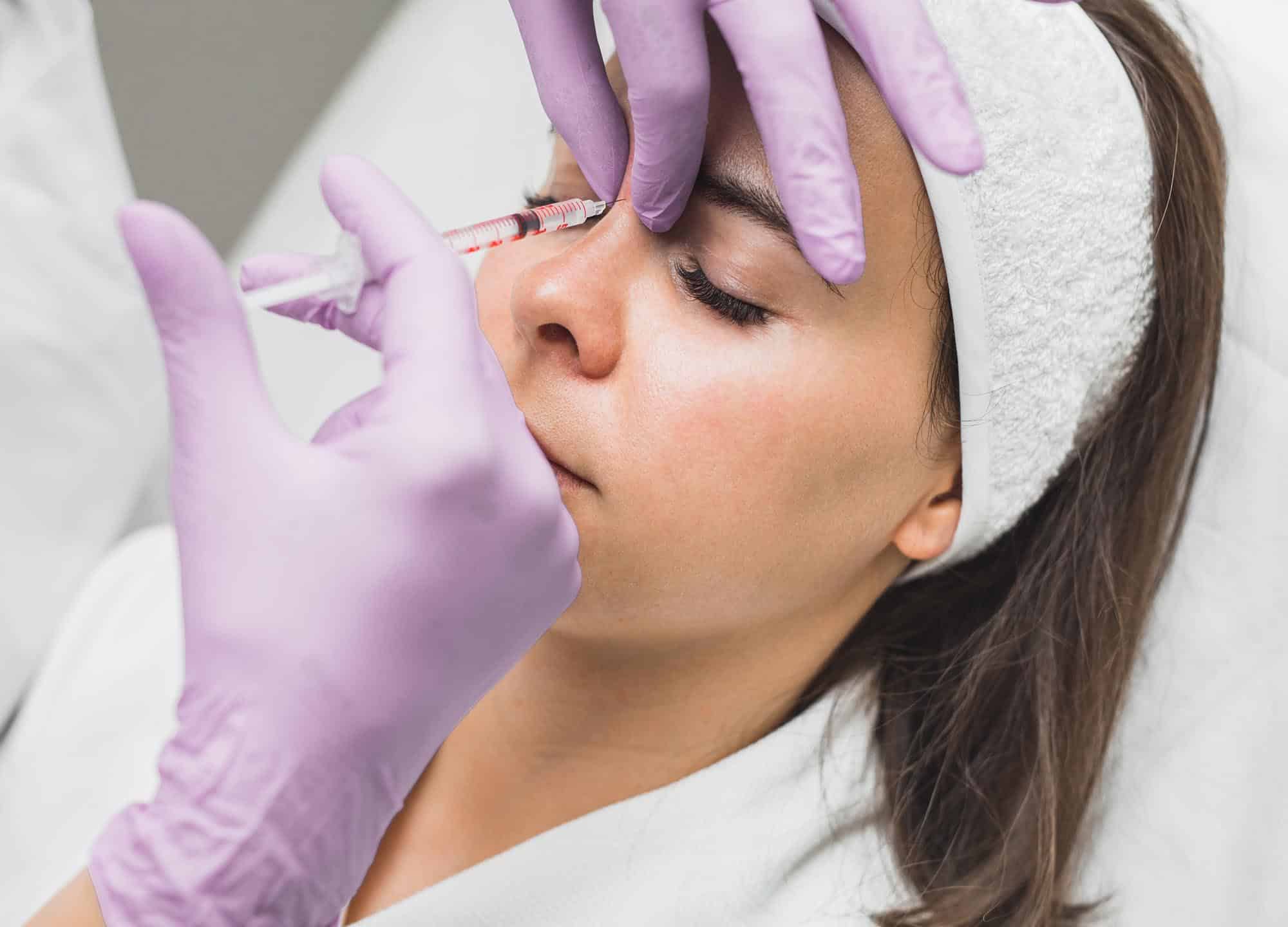With new injectable treatments hitting the market all the time and the list of FDA-approved uses growing longer, it’s more important than ever for each neurotoxin and dermal filler to set itself apart from the rest. One way to do that? Extend its lifespan. If you’ve ever wondered how to make Botox last longer—or tried to find ways to stretch out Juvéderm injections—you’re far from alone.
The duration of neurotoxins’ effects is even more important in light of the recent arrival of Daxxify, a neuromodulator that was just approved by the FDA and can last an average of six months. That means that existing wrinkle reducers with shorter-lasting results (three to four months on average) will find it tough to compete.
Fortunately, Dysport was thinking ahead. Here’s how to make Dysport last longer to get the most bang for your buck.
How long does Dysport last?
Back in 2020, Galderma announced the results of a study on Dysport, a leading wrinkle reducer and one of the main competitors of Botox; as with other neuromodulators, it uses botulinum toxin to temporarily freeze the facial muscles, smoothing dynamic wrinkles in the treated areas. The Phase 2 study looked at the impact of dose escalation on the duration, efficacy, and safety of Dysport—essentially, what happens when a single dose of the product is more highly concentrated and less diluted.
Every neurotoxin is diluted, usually with saline, before injection, to meet the proportions required by the manufacturer. According to the FDA, each 500-unit vial of Dysport, for example, is to be diluted with 2.5 mL of sodium chloride before injection, while 300-unit vials are to be diluted with 1.5 mL of sodium chloride. In this study, however, the product was not as diluted, so it contained a higher concentration of neurotoxin in each injection. A total of 401 subjects, all between the ages of 18 and 65, took part in the randomized, double-blind study, with 75% of patients in one test group receiving a single dose of Dysport and the remaining 25% receiving a placebo.
Participants in the study were followed for nine months in order to evaluate how effective the more highly concentrated injection was in treating the glabellar lines between the brows. As expected, those who received Dysport treatments experienced higher satisfaction with their fine-line improvement in treatment areas compared to patients who received the placebo, without any added downtime.
But interestingly, the findings also indicated that the higher concentration of product had a longer-lasting effect than the usual concentration, with participants still seeing results at the nine-month mark—which is notable, since it was previously thought to last four to five months. “We are encouraged that these study results demonstrate that a single dose of Dysport has a rapid onset and long-lasting effect and is well tolerated,” Dr. John H. Joseph, a Beverly Hills, California, board-certified plastic surgeon and the investigator for the study, said in a press release. Botox and Xeomin have also undergone similar successful trials, showing that a more concentrated dose leads to longer-lasting results.
This could ultimately impact consumers’ wallets. If medical providers take note of Galderma’s findings and dilute Dysport less, it will likely mean a higher price tag for patients because they would be getting more of the actual product. However, longer-lasting results would also likely mean that patients would not need to come in as frequently for maintenance and follow-up injections. As with any cosmetic treatment though, what works for one person may not be the best option for another. A variety of factors—including metabolism, desired amount of muscle mobility, and built-up immunity resistance—can play a role in choosing the best toxin for your needs.
How to make Dysport last longer
There’s no magic trick to make treatments like Dysport and Botox last longer. But, since these neurotoxins ostensibly work to improve fine lines and wrinkles, it can help to avoid anything that speeds up the aging process—like, for instance, sun damage, which is responsible for roughly 80% of the visible signs of aging.
A diligent anti-aging skin-care routine, that includes the use of a broad-spectrum sunscreen with at least SPF 30—which is the minimum amount recommended by the American Academy of Dermatology—is a no-brainer for maintaining good results from Dysport.
It’s also important to hydrate and moisturize skin, since skin loses moisture with age; humectants, such as hyaluronic acid, can also plump skin on the spot. Retinol is another good idea, since it stimulates collagen production—which in turn can keep skin smooth, firm, and wrinkle-free. (Just make sure to use proper sun protection, as retinol increases the skin’s sensitivity to sun exposure.)
Research also suggests that an oral zinc supplement can extend the lifespan of Dysport and Botox injections by almost 30%. (As always, talk to your doctor before introducing any new supplements.)
Last but not least: you should also only see an experienced injector, such as a board-certified dermatologist, to ensure you get the best possible—and longest-lasting—Dysport and Botox results.
Related: Botox, Dysport, Xeomin, or Jeuveau: What’s the Difference?











